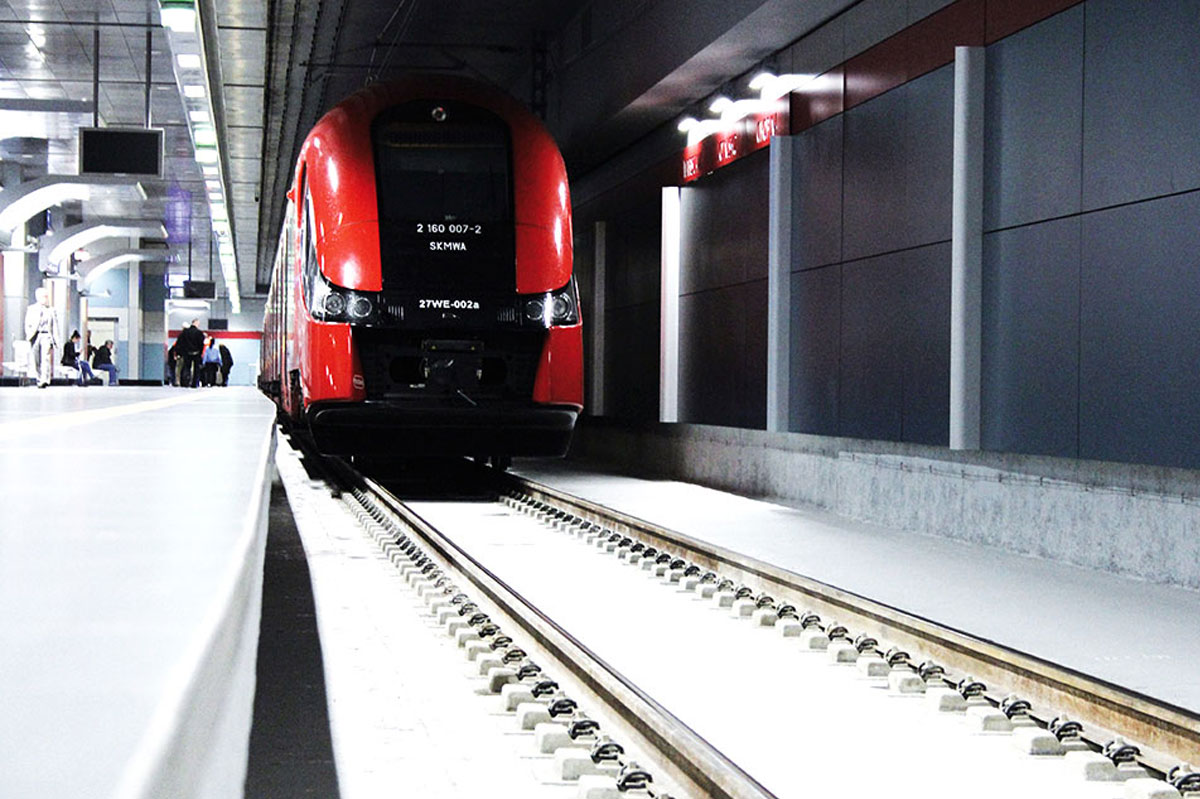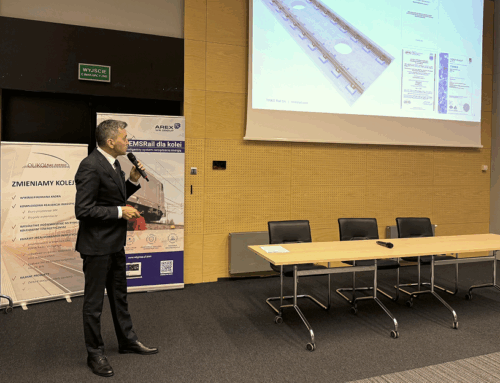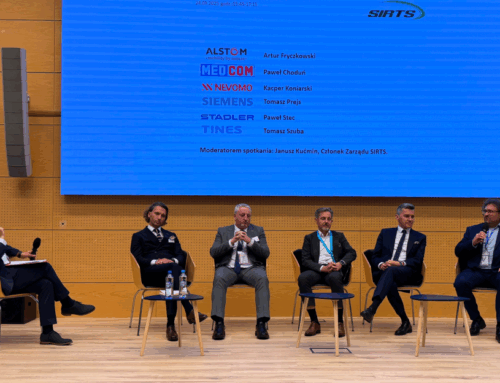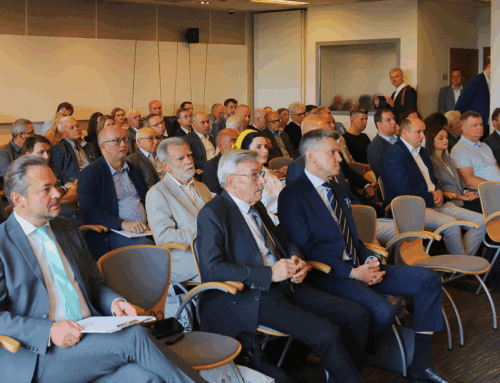Commuter railways operating in the regions of Poland’s largest cities were responsible for transporting approximately 60% of railway passengers in Poland in 2016. In 2017, carriers and voivodeships were gearing up for significant rolling stock purchases. So far, using funds from the new EU perspective, carriers have signed or completed contracts to purchase 81 new vehicles worth approximately PLN 1.4 billion. Plans also include the purchase or renovation of at least 177 train sets for over PLN 3.6 billion. Local governments, together with PKP PLK, are also planning extensive modernizations of regional infrastructure, worth at least PLN 50 billion, according to an analysis by TINES.
For comparison, in the entire previous financial perspective from EU funds for the years 2007-2013, a total of 290 units of railway rolling stock were purchased for commuter and regional railways, with a total value of approximately PLN 4.8 billion, and over 275 sets were renovated for approximately PLN 750 million. A dense network of stops, regular connections at short intervals, and extensive interchange hubs integrated with public transportation and Park & Ride lots have a positive impact on people choosing collective transport over private vehicles. Therefore, cities plagued by problems related to traffic congestion, air pollution, and noise are rediscovering the potential hidden in railway tracks running through urbanized areas.
Over PLN 5 billion will be allocated for the construction or modernization of central lines in Łódź, Krakow, Warsaw, Szczecin, and Toruń. New railway stations will sprout up like mushrooms in cities. Poznań alone plans to build 50, and Szczecin 40, all integrated with public transport or Park & Ride facilities. Katowice and Rzeszów plan to extend railways to their airports in Pyrzowice and Jasionka, respectively. The most expensive project, at PLN 25 billion, is the reconstruction of the Warsaw Railway Junction, scheduled to be completed by 2022. It is estimated that tenders for the modernization of railway infrastructure in metropolitan areas in 2017 alone will be worth at least PLN 10 billion.
“Repair and reconstruction of tracks for commuter rail, especially in city centers, offer an opportunity to apply modern solutions that increase frequency of service while ensuring low maintenance costs and mitigating noise and vibrations on the railway.”
Szczecin, Rzeszów, and, inspired by the tramway revolution, Olsztyn, also plan to build their own commuter railways for over PLN 1 billion. Changes in commuter rail do not only affect rolling stock or infrastructure but also customer service. Many local governments are working on or have already implemented an integrated ticket model, allowing passengers to travel by various means of transportation, such as Koleje Śląskie, Łódź, or to some extent, Warsaw. A common ticket is expected to be implemented by 2020, including in the Pomerania region.
Passengers are also increasingly appreciating the benefits of modern urban railways. This is especially evident in Pomerania, where Trójmiejska Szybka Kolej Miejska (Tricity Fast Urban Railway) serves 40 million passengers annually, and the average resident of the voivodeship uses rail services an average of 21 times, the highest rate in the country. Przewozy Regionalne (currently known as “POLREGIO”) is also aiming to compete for passengers in cities that do not have their own carrier. Last year, the regional carrier recorded a profit of around PLN 50 million for the first time in its history. In 2017 alone, the regional carrier plans to spend approximately PLN 500 million on new trains and refurbishments of existing ones. The competition for passengers in cities continues.
Read also
Comprehensive construction solutions and ballastless track systems for railways, ensuring effective vibroacoustic insulation and a guarantee of durability for mainline tracks, engineering structures (bridges, viaducts, tunnels, and rail-road crossings).
A comprehensive offer of durable materials for the construction of tram tracks, allowing to reduce the level of vibrations and noise in the vicinity of the route.









